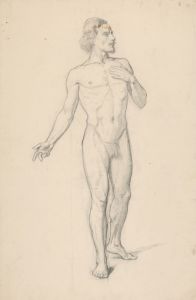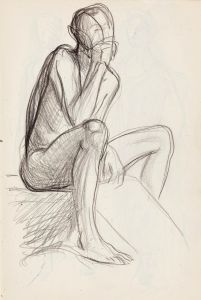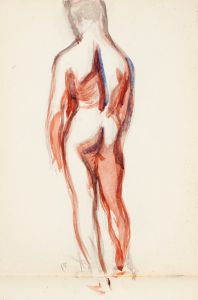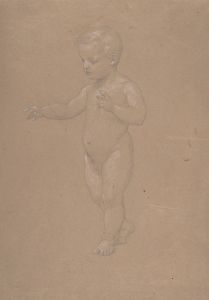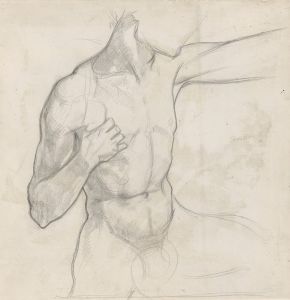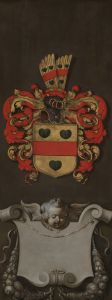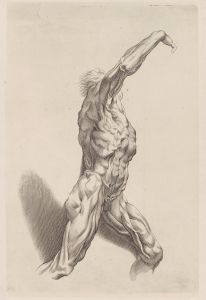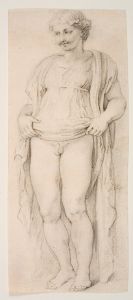
Head of a man
A hand-painted replica of Peter Paul Rubens’s masterpiece Head of a man, meticulously crafted by professional artists to capture the true essence of the original. Each piece is created with museum-quality canvas and rare mineral pigments, carefully painted by experienced artists with delicate brushstrokes and rich, layered colors to perfectly recreate the texture of the original artwork. Unlike machine-printed reproductions, this hand-painted version brings the painting to life, infused with the artist’s emotions and skill in every stroke. Whether for personal collection or home decoration, it instantly elevates the artistic atmosphere of any space.
"Head of a Man" is a painting by the renowned Flemish artist Peter Paul Rubens, who is widely celebrated for his Baroque style that emphasized movement, color, and sensuality. Rubens was a prolific artist whose works spanned religious subjects, historical scenes, portraits, and landscapes. He was active during the late 16th and early 17th centuries, a period that saw significant developments in European art.
The painting "Head of a Man" is a fine example of Rubens' skill in portraiture, showcasing his ability to capture the human form with remarkable realism and emotional depth. Although specific details about the painting's creation, such as the exact date and the identity of the sitter, are not well-documented, it is consistent with Rubens' broader oeuvre, which often included studies of heads and figures. These studies were sometimes used as preparatory works for larger compositions or as exercises in capturing human expression and anatomy.
Rubens' technique in "Head of a Man" reflects his mastery of oil painting, a medium that allowed him to achieve rich textures and subtle gradations of light and shadow. The painting likely features a dynamic use of chiaroscuro, a technique that contrasts light and dark to create a sense of volume and three-dimensionality. This approach was characteristic of the Baroque period and was employed by Rubens to convey the vitality and immediacy of his subjects.
The subject of "Head of a Man" is depicted with a focus on facial expression and character, elements that Rubens excelled in rendering. His portraits often conveyed a sense of the sitter's personality or mood, achieved through meticulous attention to detail in the depiction of facial features and the use of color to suggest warmth and life.
Rubens' influence on the art world was profound, and his works were highly sought after by patrons across Europe. He was not only an artist but also a diplomat and scholar, which allowed him to travel extensively and absorb a wide range of artistic influences. This exposure enriched his work and contributed to his reputation as one of the leading figures of the Baroque movement.
"Head of a Man" exemplifies Rubens' ability to blend naturalism with a sense of grandeur, a hallmark of his style that has inspired countless artists in the centuries since. While the painting itself may not be as widely recognized as some of his larger compositions, it remains an important testament to his skill in capturing the essence of his subjects with both technical precision and emotional resonance.
In summary, "Head of a Man" by Peter Paul Rubens is a testament to the artist's exceptional ability to portray the human form with depth and realism. Although specific details about the painting are limited, it stands as a representative example of Rubens' mastery in portraiture and his significant contribution to the Baroque art movement.





